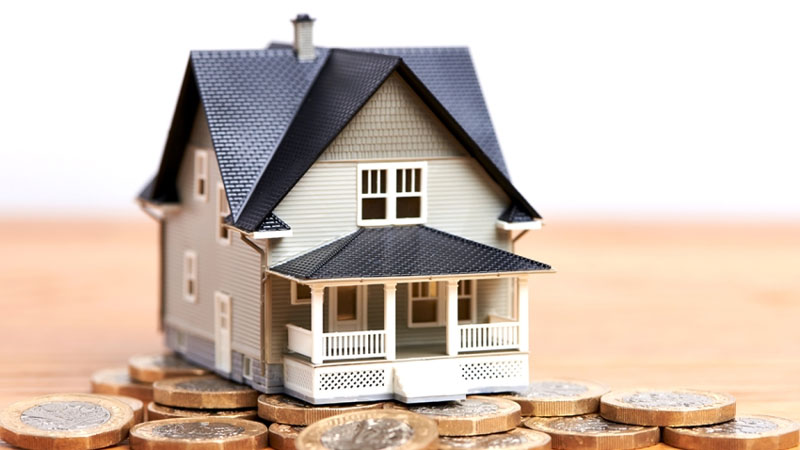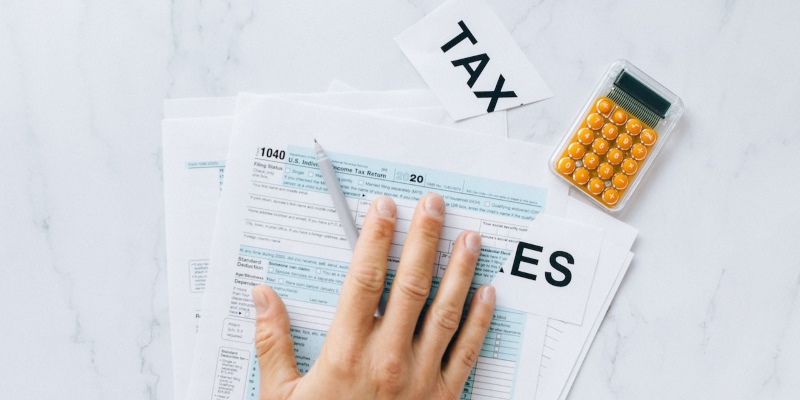A home loan helps you to purchase and keep up a house, land, and another piece of residential. The debtor commits to making repayment over time, often in the form of principal and interest payments made once a month. Then, the asset serves as a loan guarantee.
Borrowers must apply to their preferred lending institution and ensure they fulfill a list of conditions, such as minimal down payments and credit ratings. Before they proceed to the close phase, the mortgage application must pass a comprehensive underwriting procedure.
The housing and mortgage Trends have been in turbulence for the previous few years due to increasing inflation and the Fed’s continuous increase in overall rates.
Mortgage rates were remarkably low considerably over a year ago. Nowadays, they are two to three times higher at 7%. At the same time, other cities have experienced a decrease in house values. As a result, the drop has often not been sufficient to maintain the same mortgages for a new purchase. Buyers now face increased house rates as a result of almost everything.
Rising mortgage rates will significantly adversely impact dwelling demand and prices through 2023 and in the coming year, 2024. Rises in the cost of living will also lead to lower sales as some buyers need more time to purchase a property.
Demand for Mortgage

Monthly loan payments get more costly and unaffordable as interest rates rise without a corresponding decline in house values, which hasn’t happened in many regions. The mortgage demand diminished in 2022. Since the previous year, relatively few people have applied for new loans, about 41%, and very few have applied for refinancing by more than 80%.
This pattern has extended to December. Mortgage applications dropped by 0.8% in the final week of November compared to the week before. The problem is probably made worse by December being a weak month for home sales.
Mortgage Trends and How They Work?
Mortgages are a common way for both consumers and businesses to finance the acquisition of real property. The loan is repaid by the borrower, together with interest, over a certain time frame, at the end of which the borrower will own the property outright. Traditional mortgages often have a completely amortized payment plan. This means that during the life of the loan, even if the monthly payment stays the same, a significant sum of principal and interest will be paid. In most cases, a mortgage will last for 15 or 30 years.
Mortgages are a type of lien that may be used to claim ownership of a piece of property. If the borrower defaults on their mortgage, the lender has the right to take the property. For instance, a lender can place a claim on the property if the buyer has made a promise to pay back the loan. If the buyer defaults on their loans, the lender's interest in the house will be protected in this way. Lenders have the right to foreclose on a property, remove the occupants, and then sell the home with the proceeds going toward paying down the mortgage.
What to Expect from The Mortgage Process?

The first step is to submit an application to a mortgage lender or lenders. The borrower's repayment capacity will be checked by the lender. Recent tax forms, financial and investment documents, and proof of current job status are all examples. Lenders often do a credit check on borrowers.
Once the application is accepted, the lender will allow the borrower to lend up to a certain amount at a certain interest rate.
Types of Mortgages
Mortgages come in a wide variety of forms. Both 15- and 30-year fixed-rate mortgages are quite popular options. Mortgage terms can range from as little as five years to as much as forty years. If the loan is paid back over a longer length of time, the monthly payment may be reduced, but the overall interest paid will be much higher.
Listed below are some samples of some of the most frequent types of mortgage loans that may be received by borrowers.
Fixed-Rate Mortgage Loans
The vast majority of mortgages have a fixed interest rate. The interest rate on a fixed-rate mortgage is locked in for the life of the loan, and the monthly payments on the home are also fixed during that time. Fixed-rate loans are another way in which the phrase "Conventional mortgage" may be used.
Loan with Variable Rates
There is a set interest rate at the outset of an adjustable rate mortgage, but it changes periodically to reflect market conditions. The mortgage might be affordable in the near term if the initial rates are lower than the market rate, but it may become unattainable over time if it increases significantly.
Only-Interest Loans
The less common type is only-interested loans. It involves complicated repayment plans and is best suited to experienced borrowers.
Mortgages that are Reversed
There is nothing else quite like reverse mortgages on the market. To qualify for one, you must be 62 years or older and a homeowner.
Mortgage Interest Rate on Interest as of 2022
- A mortgage with a 30-year fixed rate of 5.30%
- A mortgage with a 15-year fixed rate of 4.45%
- A mortgage with a 5/1 adjustable rate of 4.19%
Current Mortgage Rate
As of January 10, 2023, the average mortgage interest rate throughout the US for a 30-year conventional loan is approximately 6.44%. This is more than twice as much as the typical mortgage interest rate of 3.22% at the start of 2022.
What Does "Fixed vs. Variable" Mean When Referring to A Mortgage?
A fixed interest rate is standard in mortgages. No matter what happens to interest rates over the course of the loan's 15 or 30-year term, this rate will not change.
Conclusion
For most borrowers who do not have hundreds of thousands of dollars in cash to buy a home outright, mortgages are an integral aspect of the home-buying process. There are various sorts of house loans available to meet your needs. More people are able to get mortgages and become homeowners thanks to a variety of government-sponsored programs.




